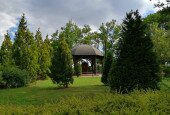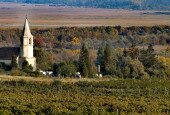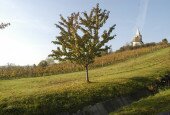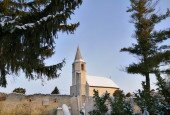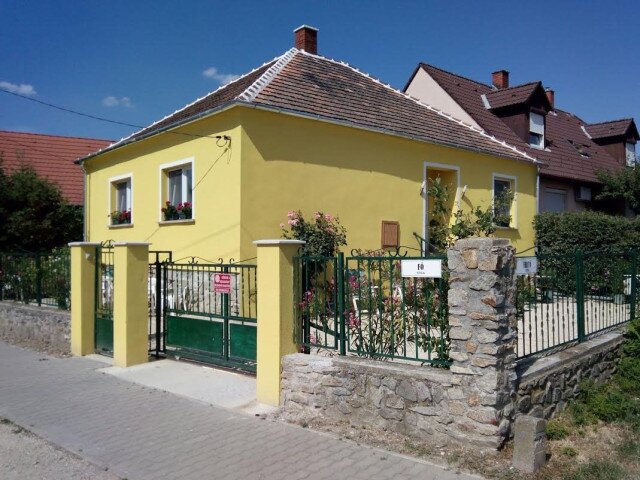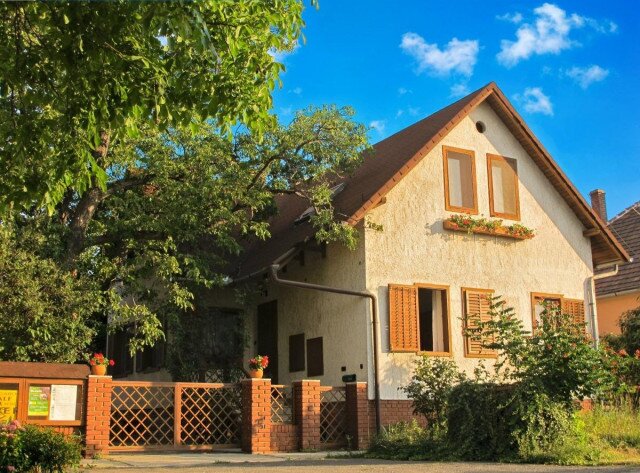Balf
Balf is one of the well-known wine growing areas of the Fertő region world heritage site, which has been administratively part of Sopron since 1986. Its medicinal water was already known in Roman times, which was not only used for bathing, but also for drinking cures. From the 16th century onwards, special healing power was attributed to the bath and it was also considered to be one of the most significant baths in the monarchy in the era of dualism.
The Hungarian name of Balf comes from the German name of the village (Wolfs), which is related to the cult of Bishop St. Wolfgang (St. Farkas). St. Wolfgang was the tutor of King Stephen's wife, Gizella.
Attractions:
Drinking fountain: The drinking fountain was completed in 2008, located in the part of the town that is towards Fertőrákos. Anyone can feel free to taste its water, you can even take some away for your trip. The ornate drinking fountain was made by the Zsolnay Porcelain Manufactory.
English park with the bath chapel: The baroque bath chapel in the park of the Balf spa was built in
St. Farkas Church: The tiny church with its Romanesque-Gothic sanctuary can be found on the picturesque church hill surrounded by a fortress-like cemetery wall. In front of the cemetery wall, you can see the National Memorial Site that commemorates the murdered Jewish forced labourers (including Antal Szerb).
Lutheran Church: The church in the centre of the village (without a tower) began to be built after the 1781 Decree of Tolerance, and its tower was completed in 1940. The nearly 200-year-old organ (the work of organ maker Fülöp König from Sopron) stands out from the baroque furnishings of the church, which is featured in the Organ Without Borders program series.
Balf Spa: The medicinal springs of Balf were already known to the Romans. Numerous findings prove that in the 2nd century, during the reign of Marcus Aurelius, there was a busy bath life in the settlement. The medicinal water was not only used for bathing, but it was also consumed. The sulphurous springs in Balf were declared medicinal water in 1975. Today there is a six-storey spa hotel and a hospital building next to the spa.




